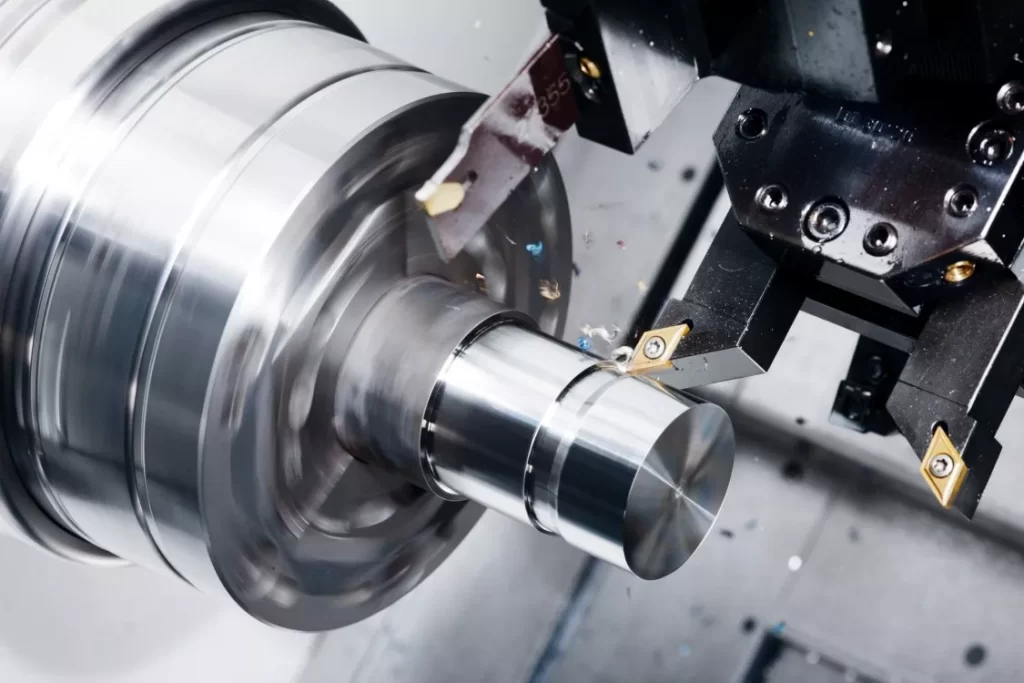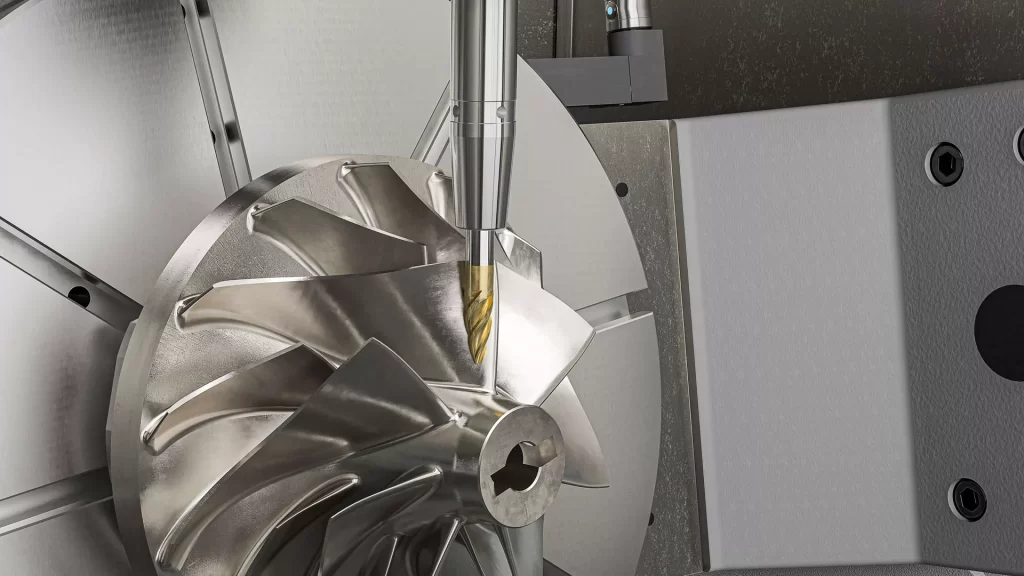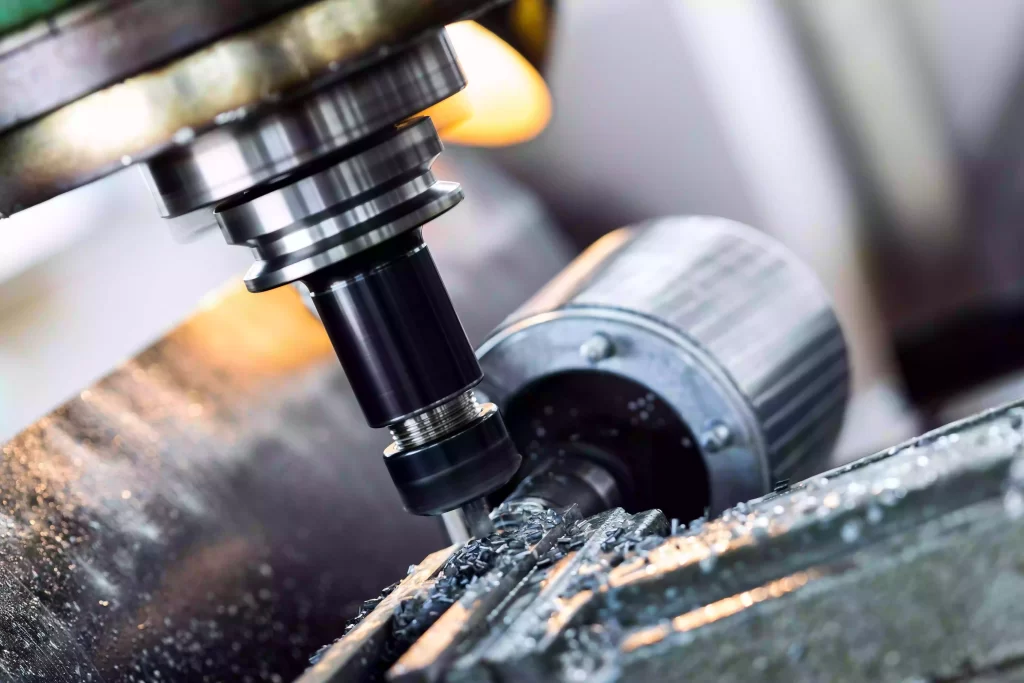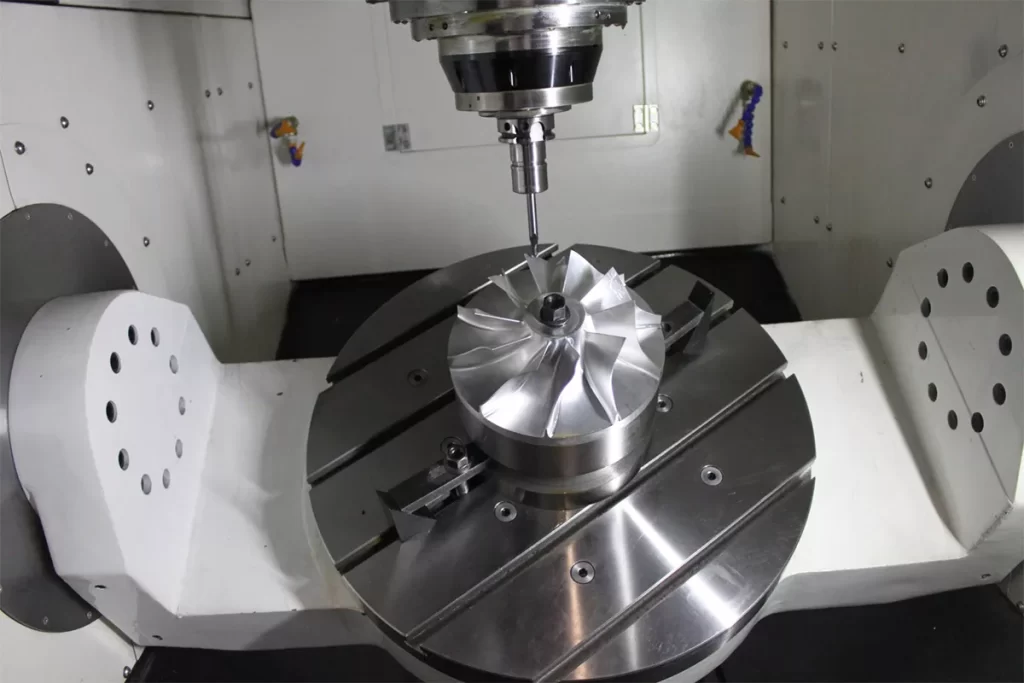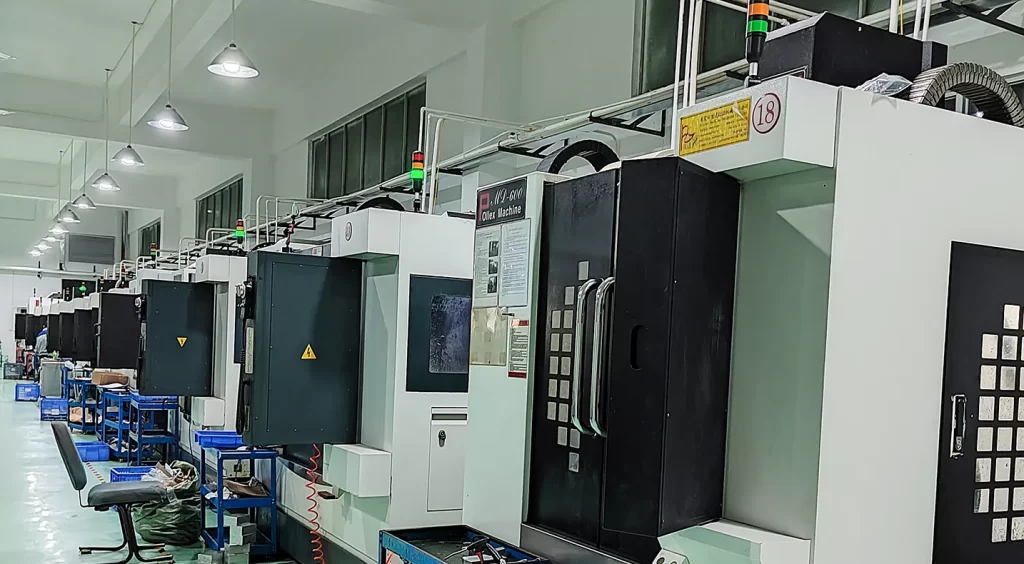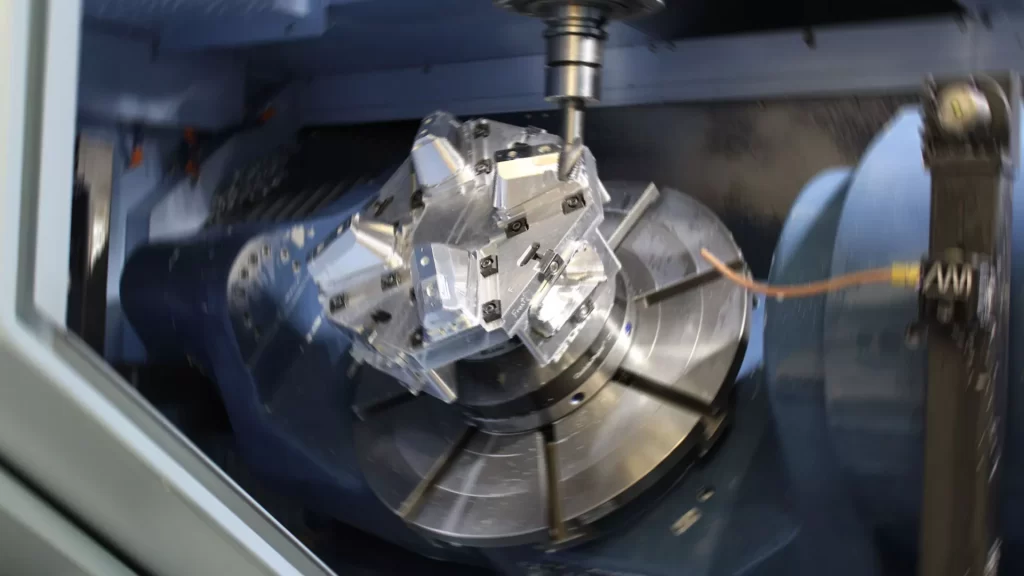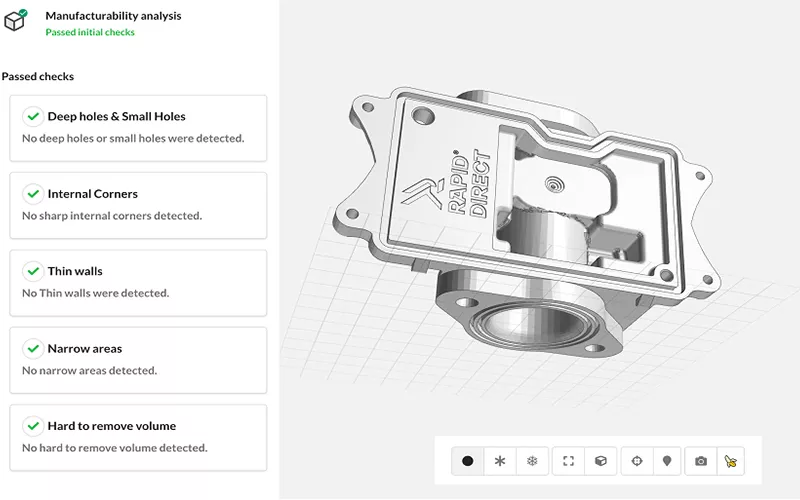CNC machining is a subtractive manufacturing method in which computer-controlled tools carve out designs from solid material blocks with high precision. The CNC machine follows exact instructions, starting with a digital 3D model to shape stainless steel into precise dimensions. The advantages are clear: exceptional accuracy, the ability to craft complex geometries, rapid production for high-volume demands, consistent repeatability for mass production, and the flexibility to adapt to various customizations, making CNC an essential tool for stainless steel part fabrication.
Stainless steel is indispensable in CNC machining and is known for its durability, corrosion resistance, and high thermal resistance. It’s the go-to material for sectors requiring robustness and sanitation, like medical, aerospace, and food processing.
This article cuts through the complexities of machining stainless steel 304 and 316, highlighting their distinct advantages, machining challenges, and performance-boosting surface treatments. We’ll cover the technicalities of the machining process and its cost benefits, emphasizing these materials’ crucial role in evolving manufacturing technologies.
Understanding Stainless Steel 304 and 316
Stainless steel alloy comes in various grades, each tailored for specific applications. Grades 304 and 316 stand out for their widespread use in CNC machining. They vary in their properties, and understanding these properties is necessary when selecting the appropriate stainless steel grade for CNC machining projects, as it directly impacts the part’s performance and longevity.
Properties of stainless steel 304 and 316
| S/N | 304 | 316 | |
| 1 | Composition | Primarily composed of 18% chromium and 8% nickel, with small amounts of carbon and manganese. | Contains 16-18% chromium, 10-14% nickel, and additional 2-3% molybdenum. |
| 2 | Corrosion resistance | Excellent resistance to a wide range of atmospheric environments and many corrosive media. | Superior resistance to chlorides and acids, particularly sulfuric, hydrochloric, acetic, formic, and tartaric acids. |
| 3 | Temperature tolerance | Up to 870°C (1600°F) | Higher temperature tolerance, up to 925°C (1700°F) |
| 4 | Formability | Good formability, suitable for various shaping processes. | Similar to 304, but slightly less ductile due to higher alloy content. |
| 5 | Weldability | Easily weldable using common methods (TIG, MIG, etc.). | Weldable, but requires more care due to molybdenum content. |
| 6 | Strength | Good strength, suitable for structural applications | Slightly higher strength than 304 due to molybdenum addition. |
| 7 | Cost | Generally more affordable than 316. | Typically more expensive due to higher alloy content. |
Comparison between 304 and 316
While both grades share many characteristics, the key differentiator is the presence of molybdenum in 316, which grants it a higher resistance to chemicals and saline environments. This makes 316 the preferred choice for marine or pharmaceutical equipment applications where higher corrosion resistance is essential. Stainless steel 304 finds its place in applications where extreme conditions are absent, offering a cost-effective solution without compromising quality.
Challenges in Machining 304 and 316 Stainless Steel
Machining stainless steel, mainly grades 304 and 316, presents a unique set of challenges that test the limits of modern manufacturing techniques. While offering exceptional durability and resistance, these materials also demand a careful approach to preserve the integrity of the final product. Some of the challenges in Machining 304 and 316 Stainless Steel include the following:
Tool Wear: Stainless steel’s high strength and toughness can lead to increased wear and tear on cutting tools, requiring more frequent replacement.
Work Hardening: Both 304 and 316 stainless steel are susceptible to work hardening, making subsequent machining operations more difficult and affecting the tool life.
Heat Management: The machining process generates significant heat, which can affect the part’s material properties and dimensional accuracy.
Surface Finish: A high-quality surface finish requires carefully selecting tools, cutting parameters, and machining strategies.
Cost: The challenges associated with machining stainless steel can lead to increased production costs due to higher tool consumption and slower machining speeds
Surface Treatment for Stainless Steel Parts
Surface treatment of stainless steel is a critical process that enhances the material’s natural properties, ensuring it meets the specific demands of various applications. The primary purposes of surface treatment are:
Improving Corrosion Resistance: Additional protection against environmental factors that can cause deterioration.
Enhancing Wear Resistance: Increasing the durability of parts that are subject to friction and mechanical stress.
Aesthetic Appeal: Providing a visually pleasing finish that can also serve as a branding element.
Preparation for Further Coating: Ensuring proper adhesion for paints or other coatings.
Common Surface Treatment Methods for Stainless Steel
Passivation: Removes iron contamination and enhances the natural chromium oxide layer, improving corrosion resistance.
Electropolishing: Smoothens the surface, reducing material adhesion and enhancing the aesthetic look and corrosion resistance.
Plating: Applies a layer of another metal, such as nickel or chrome, for increased durability and aesthetic quality.
Powder Coating: Provides a durable and protective layer that is more environmentally friendly than traditional liquid coatings.
The versatility of CNC-machined stainless steel parts makes them indispensable across various industries. Their resilience and adaptability allow applications ranging from everyday items to specialized industrial components.
Industries That Commonly Use CNC Machined Stainless Steel Parts
Aerospace: For components that must withstand extreme pressures and temperatures while maintaining structural integrity. E.g., Landing gear components, hydraulic systems, and turbine engines.
Medical: In surgical instruments, implants, and equipment that require sterilization and resistance to corrosive cleaning agents. E.g., Orthopedic implants, scalpels, and forceps.
Automotive: Used in engine parts, exhaust systems, and trim for durability and aesthetics, E.g., Fuel injectors, gearboxes, and decorative trims.
Food Processing: Hygiene and corrosion resistance are paramount for machinery and surfaces that come into contact with food, such as Conveyor belts, mixing tanks, and cutlery.
Marine: In shipbuilding and fittings, to resist saltwater corrosion, such as propeller shafts, deck hardware, and railing systems.
Future Trends in the Use of Stainless Steel Parts
Driven by technological advancements and an increasing emphasis on sustainability, innovations in material science are likely to produce even more resilient and versatile grades of stainless steel. Industries will continue seeking materials that can withstand harsher environments and last longer, and stainless steel is set to remain a material of choice, particularly in eco-conscious sectors that value its recyclability and longevity.
